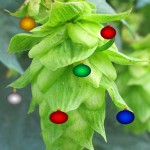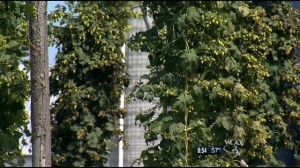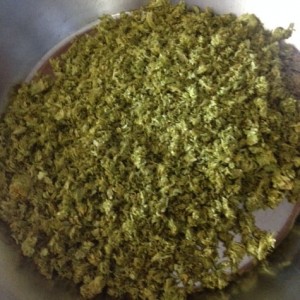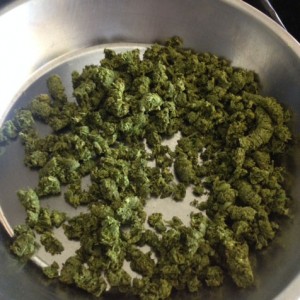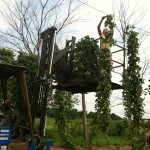Happy February!
We’ve had a few updates to our list of sources of folks selling rhizomes, including Anjali Farms & Lotus Moon Medicinals in South Londonderry and Sunnybrook Farm in Middlesex (certified organic Cascade, Centennial, Willamette, Kent Golding, Mt. Hood, Magnum, available April/May when the snow melts; $4/each not including shipping – min order $20). Also, the folks at US Hop Source have extended their order deadline to February 20 — you can contact them at 970-497-0691 or ushopsource@gmail.com.
Speaking of February 20, don’t forget that the 6th Vermont Hop Conference is just around the corner — be sure to register ASAP at: www.uvm.edu/extension/hopsconference.
Keep calm and hop on!

